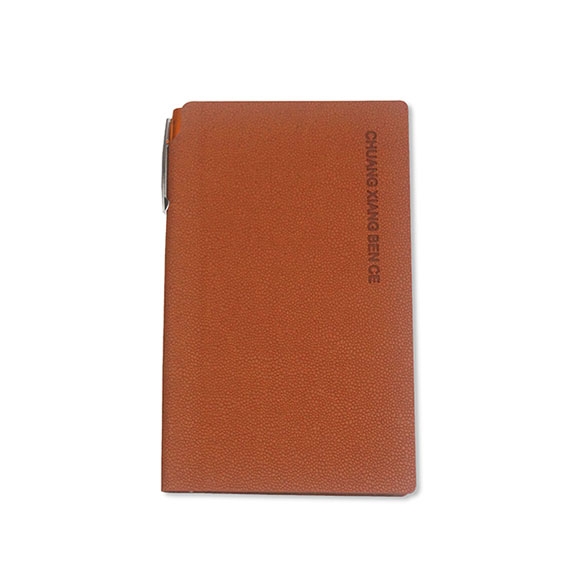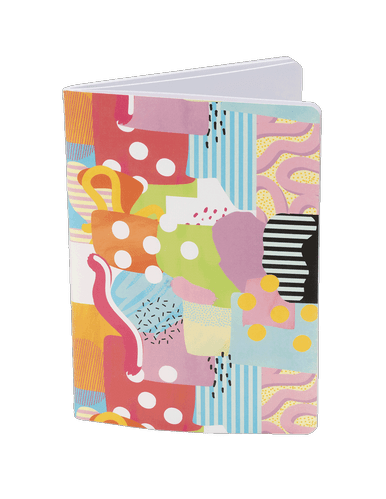Origin of Papermaking
Sep 22, 2022
The story behind the invention of papermaking
A Chinese peasant was keeping himself busy in the year 2000 by stirring a pot of gruel that he had just prepared. As a result of his hunger, he made the decision to slice up some woody tissues in the hope of transforming them into a skin that resembled bean curd so that he could sell it.
However, his efforts were useless because the customers he was trying to sell to were not interested in the things that he was offering.
They bring him and all of his belongings to a person whose name is Ts'ai Lun.
Ts'ai Lun gave it some more thought, and when he realized that it was a superior writing surface to oracle bones and bamboo laths, he took ownership of it and claimed it as his own. When compared to using canvas or silk for writing, this option is more affordable. In addition to that, it does not smell nearly as bad as parchment does.
Where did papermaking originate
It is said that Cai Lun, a high official in the Chinese imperial court, invented paper around the year 105 AD when he began manufacturing paper out of waste materials such as rags, tree bark, and fishing nets. According to this legend, he invented paper when he began manufacturing paper out of these materials. Paper is widely believed to have been invented by Cai Lun. Before the Buddhist monk Dam Jing brought the technology of papermaking to Japan in the sixth century, the Chinese carefully guarded their papermaking processes and kept them a secret for a significant amount of time. The Japanese were able to quickly grasp the art of papermaking, and they quickly began creating their own high-quality reproductions of the product by using the pulp of mulberry tree bark as their primary raw material.
When did papermaking originate
Paper is a nonwoven substance that is typically created from a combination of plant and textile fibers that have been milled together. This results in the paper having a more uniform texture than other nonwoven materials. It is generally agreed that papyrus, a paper-like plant-based writing sheet that originated in Egypt during the fourth century B.C., was the first plant-based writing sheet ever used. However, Cai Lun, a court official in China during the Eastern Han dynasty (25–220 CE), is traditionally credited with creating the first authentic paper as well as the first true papermaking method. Both of these achievements were documented in China during this time period. This plant-puree conglomerate, which was manufactured by paper mills and pulp mills, was utilized for writing, sketching, and even cash at one point in history. In the seventh century, papermaking processes developed in China began to replace papyrus throughout the world. This transition took place gradually over the course of several centuries.
Effects of the creation of paper
After the discovery of paper, there appears to have been a rapid development of a "strong reading culture" in early Chinese written culture. This occurred despite the fact that the Chinese government was in a state of chaos at the time. Undoubtedly, the introduction of paper had a substantial influence on the growth of the publishing sector. This is undoubtedly the case. Because of this, it became feasible to talk about books as a whole, as opposed to discussing them in chunks or in small groups. It was no longer required to move books from one location to another using a cart; instead, the volumes could be moved around by hand. Because of this, the cart became unnecessary. This trend continued over the centuries that followed, which led to a rise in the number of people who owned their very own private libraries.
Impacts made by the invention of papermaking
Literacy and the dissemination of books across the globe have both received a major boost from the widespread availability of paper at prices that were more affordable in recent centuries. Monthly, students who were enrolled in one of the Imperial academies were given unrestricted access to the paper supply that was maintained by the government. The students were not required to pay for this supply, which comprised thousands of sheets of paper and was made available to them all.
Importance of the invention of papermaking
The development of paper cleared the way for the production of a greater number of books, some of which were devoted to the study of topics such as geography, astronomy, medicine, and mathematics. Paper was the primary medium for the production of books in their early stages. It also made it much simpler and more cost-effective to produce a large number of copies of well-known publications and distribute those copies in a variety of locations. This was made possible by the advent of digital printing technology.
How did the discovery of paper contribute to the betterment of human life?
Paper has always been an important part of civilization since it has given researchers and clergy the ability to keep precious knowledge preserved and accessible for future generations. The process of disseminating knowledge by means of the publication of written works such as books, magazines, and newspapers. Writing letters to one another is a great way for people who live in different parts of the world to stay in touch with one another.
What was papermaking initially used for?
The production of paper and cardboard goes through a process that is known as papermaking. Paper and cardboard have an extremely wide range of applications, some of which include but are not limited to printing, writing, and product packaging. In spite of the fact that practically all paper is now produced by machines in factories, there is still a market for handcrafted paper since it provides an outlet for creative expression and is a specialized form of craft.
What effect did the development of papermaking have on China?
The Chinese were given access to a straightforward and low-cost method of archiving their historical documents when printing became a practical option for them. A number of centuries and millennia before the concept started to become popular in Europe. Printing made it possible to quickly reproduce written and drawn materials, in contrast to the time-consuming method of hand copying, which was used previously. The development of the moveable type in China during the Song Dynasty resulted in a major acceleration in the printing process. This occurred at about the same time.
Why the invention of papermaking resulted in the success of ancient China
The invention of paper in ancient China was a significant contributor to the country's long-term economic success. The production of paper was just one of many technological advancements that Ancient China was responsible for and that helped to the rise of the affluence of the country. It is believed that Cai Lun, who lived during the Western Han Dynasty in 105 BC, was the first person to invent paper. It is common practice to make use of papers in the production of books, letters, and artwork, respectively.
How exactly did the Chinese make use of the paper money that they issued?
About the year 806 of the Common Era (AD), the first paper banknotes were put into circulation in China. This occurred around the time that China adopted the Common Era. When it came to the use of paper for the transmission of long-distance letters of credit, the government soon replaced private enterprises as the major player and took over as the industry standard bearer. The Chinese, who are famed for their reputation that they are incredibly pragmatic, have given this phenomenon the label of "flying money."
The first use of paper money
The first device that may be considered a banknote was issued in China during the Tang dynasty in the seventh century (618–907). The use of considerable quantities of copper coinage in significant commercial transactions was avoided by merchants who issued receipts of deposits in the form of what is now known as promissory notes. These receipts of deposits were given to wholesalers.
The Chinese were secretive about papermaking
It is only natural that the Chinese would keep their knowledge of papermaking as closely guarded as they did their methods for the production of silk; nonetheless, it is extremely rare for the best-kept secrets to remain that way for a lengthy period of time. Around the ninth century CE, much of the rest of the world, or at least the area of the globe that is located west of China, learned how to create paper (or plausibly even earlier). The incident that served as the impetus for the revolt occurred when Arabs who had just recently been victorious in the Battle of Talas kidnapped a group of papermakers and kept them as prisoners. This was the event that served as the spark for the insurrection. It didn't take long for Baghdad to establish itself as a significant paper producer, and by the medieval ages, Europe already possessed its very own high-quality paper industry.



